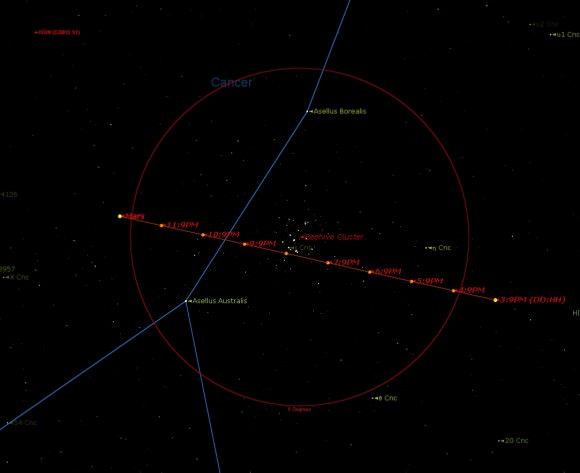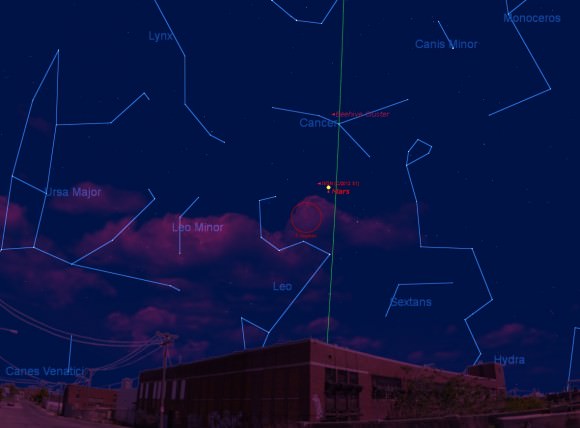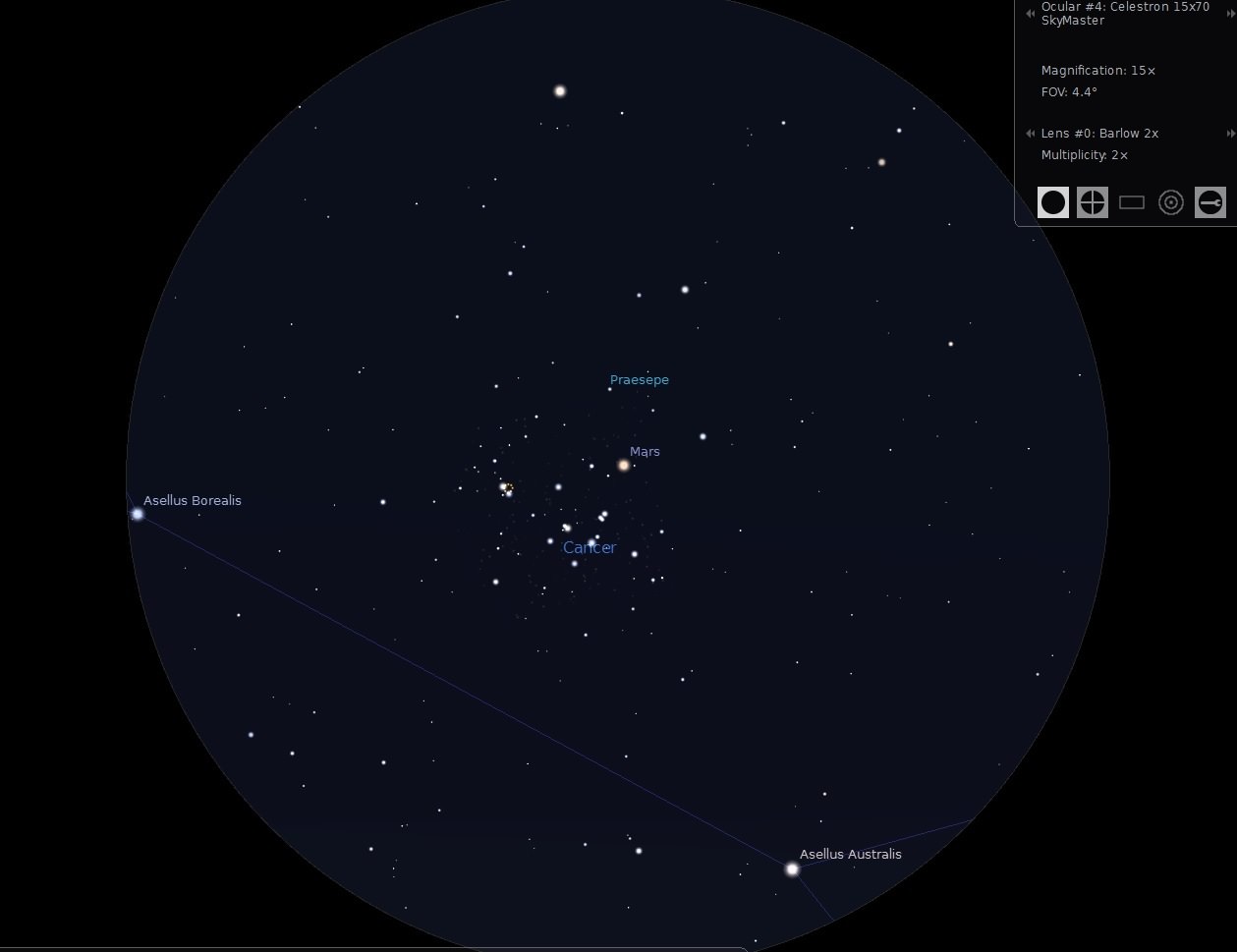Launch season for Mars missions is almost upon us once again.
This is a time when spacecraft can achieve an optimal trajectory to reach the Red Planet, expending a minimal amount of fuel and taking the shortest period of time. This window of opportunity, which opens once every two years, always opens up about six months prior to Martian opposition.
For you stargazers, this is also the best time to observe the Red Planet as it makes its closest approach to Earth. And no, it won’t appear as large as a Full Moon, but it will make for a fine telescopic target.
During the last launch window in 2011-12, Mars Curiosity made the journey, and Russia’s Phobos-Grunt tried. Hey, it’s a tough business, this spaceflight thing. This time around, The Indian Space Research Organization (ISRO) hopes to launch its first ever interplanetary spacecraft, with its Mars Orbiter Mission departing on October 18th. NASA is also sending its Mars Atmosphere Volatile EvolutioN mission known as MAVEN to study the atmosphere of the Red Planet.
Opposition next occurs on April 8th, 2014, but the start of launch season always finds Mars emerging high to the east at dawn. Starting next week, Mars has some interesting encounters that are worth checking out as a prelude to the upcoming opposition season.
The planet Mars shines at +1.6 magnitude and is about 4” in size in September. This is a far cry from its maximum size of 15.1” that it will achieve next spring, and its grandest maximum size of 25.1” that it reached in 2003. All oppositions of Mars are not created equal, because of the planet’s 9.3% eccentric orbit.
But the good news is, we’re trending towards a better series of oppositions, which follow a roughly 15 year cycle. In 2018, we’ll see an opposition nearly as good as the 2003 one, with Mars appearing 24.1” in size. This is also the time frame that Dennis Tito wants to launch his crewed Mars 2018 flyby.
But back to the present. The action starts on September 2nd when the waning crescent Moon passes 6.1 degrees SSW of Mars.
Mars is currently in the constellation Cancer, and will actually transit (pass in front of) the open star cluster known as the Beehive or Messier 44, standing only 0.23 degrees from its center on September 8th. M44 is 1.5 degrees in size, and this presents an outstanding photo-op.

At high power, you might just be able to catch the real time motion of Mars against the background stars of M44. Mars currently rises three hours before the Sun, giving you a slim window to accomplish this feat.
Mars is also in the midst of a series of transits of the Beehive Cluster, with one occurring every other year. Mars last crossed M44 on October 1st, 2011. The next time you’ll be able to spy this same alignment won’t be until August 20th, 2015.
But another cosmic interloper may photo-bomb Mars in September.
We’re talking about none other than Comet C/2012 S1 ISON, the big wildcard event of the season. Comet ISON is just peeking out from behind the Sun now, and dedicated amateurs have already managed to recover it. “IF” it follows projected light curve predictions, ISON may reach binocular visibility of greater than +10th magnitude by October 1st and may breech naked eye visibility by early November.
ISON approaches within two degrees of Mars on September 27th. Its closest apparent approach is will be on Oct 18th at a minimum separation of 0.89 degrees, just over the size of a Full Moon. How bright ISON will actually be at that point is the question of the season. To quote veteran comet hunter David Levy, “Comets are like cats. They have tails, and they do whatever they want.” The closest physical approach of Mars and Comet ISON is on October 1st at 0.07 astronomical units, or 10.4 million kilometres apart. Both will be crossing over from the astronomical constellations of Cancer into Leo in late September.

Mars gets another close shave from a comet next year, when Comet C/2013 A1 Siding Spring passes 123,000 kilometres from Mars on October 19th, 2014. Interestingly, MAVEN will be arriving just a month prior to this if it departs Earth at the start of its 21 day window. Engineers have noted that an increase in cometary dust may be a concern for the newly arrived spacecraft during insertion into Martian orbit.
MAVEN Principal Investigator Bruce Jakosky notes that the first concern is the safety of the spacecraft, the second is studies of Mars, and the third is, just perhaps, to carry out observations of the comet.
Look for more information on Universe Today about the Martian cometary flybys as each event gets closer.
September is a great time to begin observations of the Red Planet. Usually, 8” seconds in diameter is the threshold that is frequently quoted for the first surface features (usually to polar ice caps) to become apparent, but we’re already seeing astro-imagers getting detailed images of Mars, right now.
Be sure to follow Mars on its trek across the September dawn skies as robotic explorers prepare to embark on their epic journeys!

